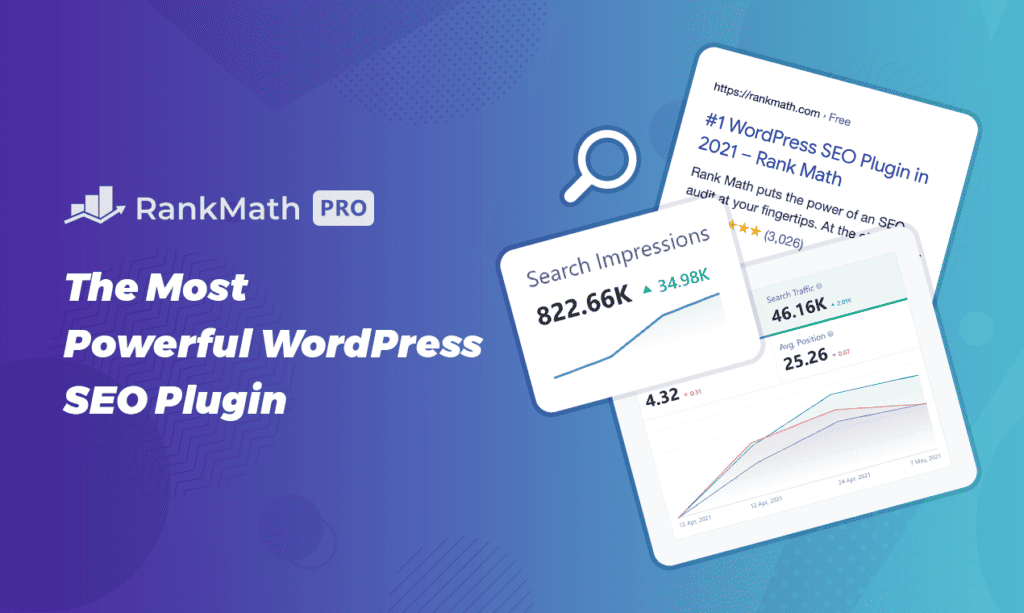WordPress as Content Management System: Harnessing Its Power for Efficient Web Publishing

WordPress stands out as one of the most widely adopted content management systems (CMS) in the world. Designed to facilitate the creation, management, and publication of digital content, WordPress has evolved from a blogging platform into a robust CMS suitable for a wide range of websites. Its accessible and intuitive interface enables users without extensive technical knowledge to build and manage a website. From blogs to complex business websites, WordPress remains a go-to solution for web content creation.
This open-source CMS is renowned for its flexibility, allowing extensive customization through themes and plugins. Users can change the visual appearance and functionality of their site with ease, choosing from a plethora of themes that cater to various aesthetics and requirements. Content management features are at the core of WordPress, giving users the power to publish, edit, and organize posts and pages efficiently. The community-driven nature of WordPress means that users also have access to an expansive ecosystem of resources, support, and collaborative opportunities.
Key Takeaways
- WordPress is a highly adaptable CMS used for a wide range of websites.
- Customization options are abundant through themes and plugins.
- The platform offers a strong community and a wealth of content management tools.
WordPress Basics

In its role as a leading content management system, WordPress provides users with an intuitive platform to create and manage websites effectively. Whether it’s through the selection of themes, the ease of hosting, or the use of a WYSIWYG editor, WordPress streamlines the process from domain purchase to website launch.
Getting Started with WordPress
Before diving into WordPress, one would need to select a domain name and a web hosting service. The domain name is the web address at which the public will find one’s website, while the hosting service stores the site’s data and makes it accessible to visitors. Once the domain and hosting are secured, WordPress can be installed. It offers a dashboard through which users can manage their website’s content and settings. Most web hosting providers offer easy, one-click installations of WordPress, simplifying the setup process.
WordPress.com vs WordPress.org
Understanding the distinction between WordPress.com and WordPress.org is crucial for anyone getting started. WordPress.com is a hosted service that enables one to build a website on their infrastructure with minimal technical knowledge needed. It’s beneficial for beginners who prefer a more straightforward approach to website creation, as it handles hosting and maintenance.
On the other hand, WordPress.org, often known as self-hosted WordPress, allows for greater flexibility and control. Here, one would need to obtain their own hosting and domain, install the WordPress software, and manage updates and backups themselves. WordPress.org excels in its extensibility, with access to a vast library of plugins and themes essential for tailoring the website to specific needs. With WordPress.org, users have complete autonomy to modify the website and extend functionalities through plugins.
Using a WYSIWYG editor, users can design and edit their website content in a way that closely represents the final page. Both WordPress.com and WordPress.org provide a selection of themes—templates that dictate the visual layout and design of a website. Themes can be customized to fit one’s brand identity, ensuring that every website created with WordPress is unique.
Themes and Customization

Themes are the cornerstone of a website’s visual identity on WordPress, offering a vast array of options for both aesthetics and functionality. The customization process leverages these themes to shape and refine the site’s design and user experience.
Choosing the Right Theme
When selecting a WordPress Theme, one considers both form and function. Free Themes offer a cost-effective way to start, with options that cater to a wide range of design needs. However, for those seeking more unique features and dedicated support, Premium Themes are available. They often come with advanced options that can more closely align with a brand’s identity. It is essential to ensure that the chosen theme is responsive, SEO-friendly, and compatible with the necessary plugins.
Customizing Your WordPress Site
Once a theme is selected, the Customize feature within WordPress allows for detailed adjustments. Users can:
- Change site identity (logo, title, tagline)
- Modify colors and fonts to fit their brand’s style
- Adjust layouts and display options for posts and pages
- Create or modify menus in the Navigation settings
- Manage widgets for additional content areas
Customizations can often be previewed in real time, facilitating the design process.
Gutenberg Editor and Blocks
The advent of the Gutenberg Editor has transformed content creation and management on WordPress. With a drag-and-drop interface, it employs Blocks to streamline the development of posts and pages. Blocks range from simple text and images to more complex elements like:
- Buttons
- Tables
- Full-width cover images
The editor presents a versatile tool that accommodates both novice users and seasoned developers, allowing for intricate templates and page designs without the need for custom code.
Content Management Features

WordPress offers robust tools that ensure efficient and streamlined content management. This section examines how it organizes content, functions as a blogging platform, and manages media and users.
Organizing Content
WordPress allows users to structure their content through a hierarchy of Categories and Tags, providing an organized and searchable interface. Custom Post Types enable the creation of diverse content types beyond just posts and pages, catering to unique content needs. By using the right WordPress plugins, webmasters can further extend the way content is organized and displayed.
WordPress as a Blogging Platform
Initially conceived as a blogging tool, WordPress excels with its blogging capabilities. It offers a straightforward publishing experience where writing and formatting Posts can be done with ease. Features like scheduled posting, private or public visibility, and a commenting system encourage active engagement with a site’s readership.
Managing Media and Users
Beyond text, WordPress is equipped to handle various media types, such as images and videos, through its media library. It also provides granular User Management capabilities, allowing for roles and permissions to be assigned, ensuring that each user has appropriate access levels. Techniques to facilitate paywalls, subscription models, and member directories are supported, enhancing WordPress’s versatility as a content management system.
WordPress Ecosystem and Community

The WordPress ecosystem is a comprehensive framework built around the software’s extendibility and bolstered by an engaged community. This symbiotic relationship fuels continuous growth and innovation.
Plugins and Extensions
The WordPress repository offers thousands of plugins and extensions, providing functionality that ranges from SEO optimization to advanced e-commerce solutions like WooCommerce. Each plugin is designed to integrate seamlessly, allowing users to customize their sites to their exact needs.
Support and Resources
Users can access a wealth of support and resources, including forums, tutorials, and guides hosted on WordPress.org. The vibrant WordPress community fosters this extensive support network, ensuring that help is easily accessible for both novice and experienced users.
WordPress Market
WordPress’s market presence is significant due to its diverse economy of themes, plugins, and services. Developers can monetize their creations while contributing to the expansive collection of tools that empower users to build versatile and dynamic websites.
Advanced WordPress Topics
When delving into the depth of WordPress capabilities, it becomes apparent that this CMS is not just about publishing content but about optimizing it for search engines, leveraging it for online stores, and ensuring stringent security measures. These advanced WordPress topics cater to the varied needs of business websites.
SEO and Optimization
For a business website to thrive, it needs robust SEO and optimization strategies. WordPress is inherently SEO-Friendly, thanks to its clean code and logical architecture. A wide array of SEO plugins can enhance site visibility, enabling the efficient use of meta tags and content analysis. Optimization extends to performance as well, with caching and image optimization tools readily available to ensure that WordPress sites load quickly and rank well in search results.
WordPress for E-commerce
WordPress supports e-commerce through plugins like WooCommerce, turning a website into a fully functional online store. It integrates easily with payment gateways, inventory management, and shipping options. The flexibility of WooCommerce allows for extensive customization, from the products displayed to the checkout experience. Businesses can tap into social media integration possibilities, extending their audience reach and simplifying the shopping process for users.
WordPress Security
Site security is paramount, especially for business websites and online stores that handle sensitive customer data. WordPress takes security seriously, with features like regular updates, strong password enforcement, and plugins that bolster site security. Users can implement two-factor authentication and set up firewalls to defend against potential breaches. Moreover, frequent backups and security scans can protect the integrity of the site and the trust of its customers.
Step-by-Step Guide: How to Start a WordPress Blog in 2024
What is a Content Management System (CMS)? A Clear Explanation

Helmi Friday
Elementor Alternative
on Autopilot







